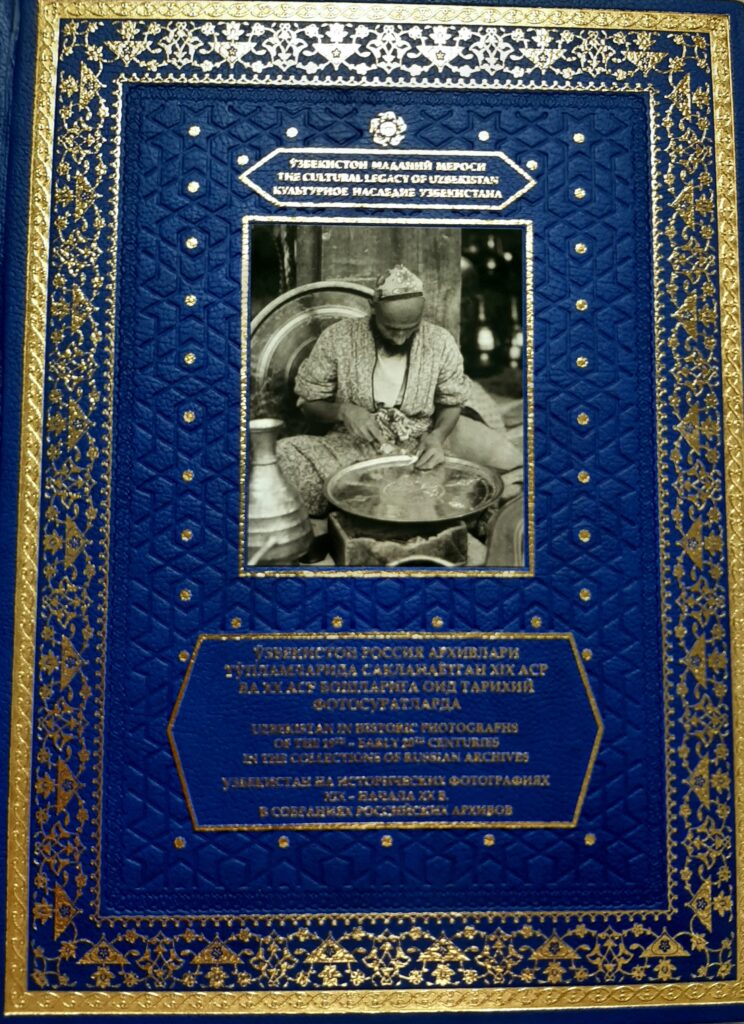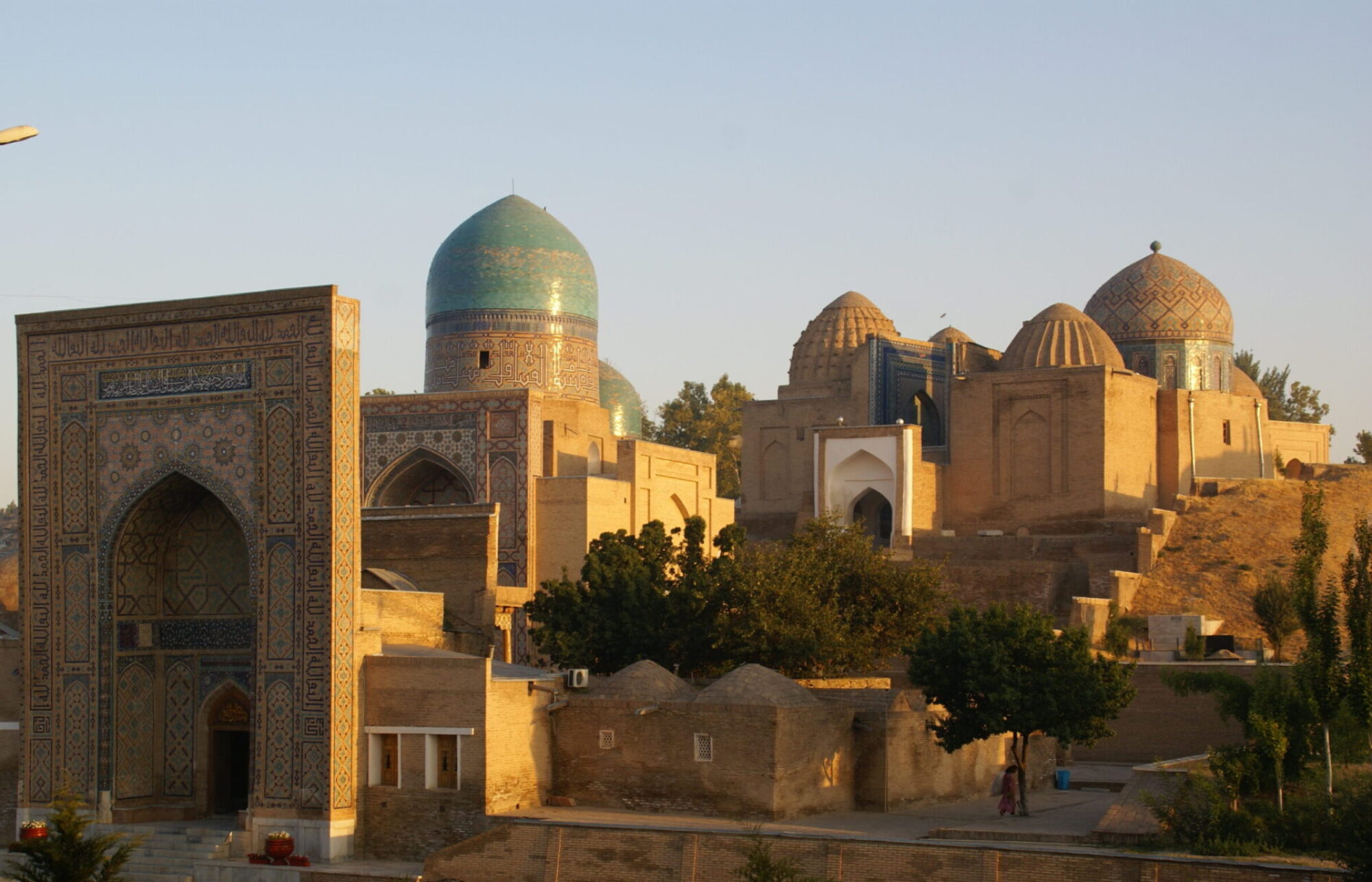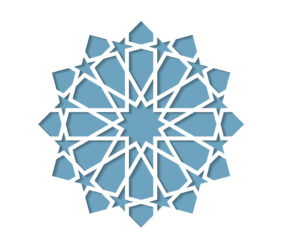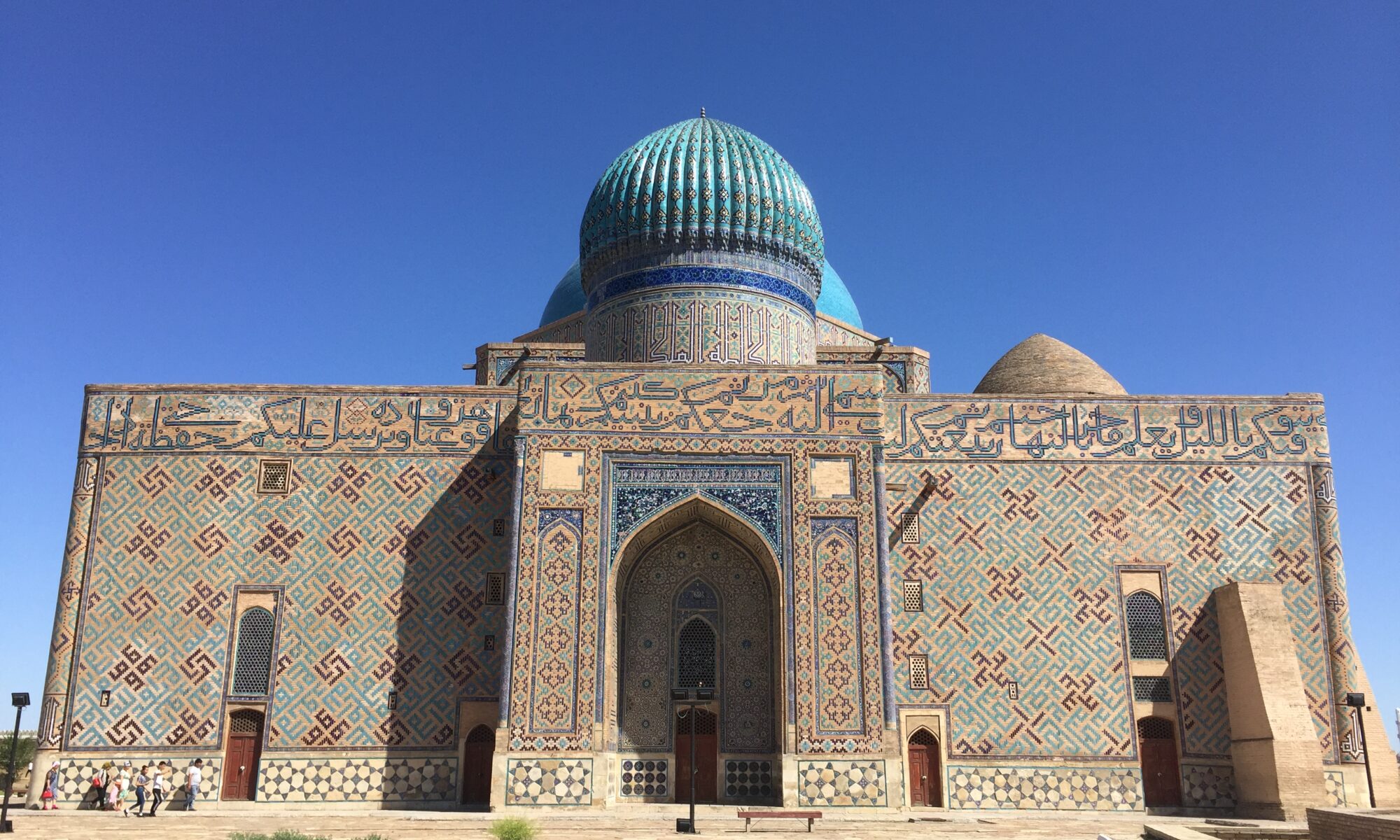The monuments of the Silk Road cities are landmarks of premodern dynasties and empires, which united realms and routes that now fall under the jurisdiction of different and separate political entities. Amongst these are the five nation states in which the historical cities presented on this website are located, namely Uzbekistan, Turkmenistan, Kazakhstan, Iran and Afghanistan. The present-day borders of most of these states are, relatively speaking, quite recent. Uzbekistan, Turkmenistan and Kazakhstan acquired independence after the dissolution of the Soviet Union in 1991 and find their origin in the creation of Soviet republics in the 1920s. Afghanistan emerged in the middle of the 18th century with the rise of the Durrani Empire and has known a very tumultuous history since, especially as a zone of contest for British and Russian colonial powers, the ill-fated battle ground of the ‘Great Game’. In contrast, the term ‘Iran’ has a very long history and has been in use since ancient times, for a territory of which the borders were subject to change, depending on those who ruled. The present-day nation state Iran originates in the Safavid Empire (1501-1722) and found its definitive form in the 19th century. The monuments featured here on photographs, postcards and prints, captured sometime between the late 19th century and the 1970s, are now predominantly seen as part of the cultural heritage of these different nation states and as such, subject to different national discourses.
At the same time, however, these monuments stand as witnesses of a shared imperial history of a premodern cultural space that is often referred to as the Turco-Persian world. Dynastic rulers, usually with a nomadic Turkic background, established large empires over sedentary and nomadic peoples in an area covering present-day Iran, Central Asia, Afghanistan, Asia Minor and Northern India. In this huge area, Persian language and culture dominated or was adopted, creating a political and cultural Turco-Persian symbiosis that thrived from the 10th to the 18th century. The emergence of colonial powers in the Mughal Empire of the Indian subcontinent and in Central Asia heralded the end of this Turco-Persian imperial age.
A lot of information concerning the cities and monuments on this website can also be found in the (free) pdf underneath:
Silk Road Cities. Documented through photographs, prints and postcards.
The majority of modern-day photographs on this website were taken by Elena Paskaleva and are licensed under CC BY-SA 4.0 With regards to the postcards, and old photographs, we could not always trace their origin. If you recognise any of the work and would either like to complete the details on the website or feel your rights have been infringed in any way and prefer to have the pictures taken down, please contact: e.g.paskaleva[at]hum.leidenuniv.nl

Library collections collected within the framework of the project
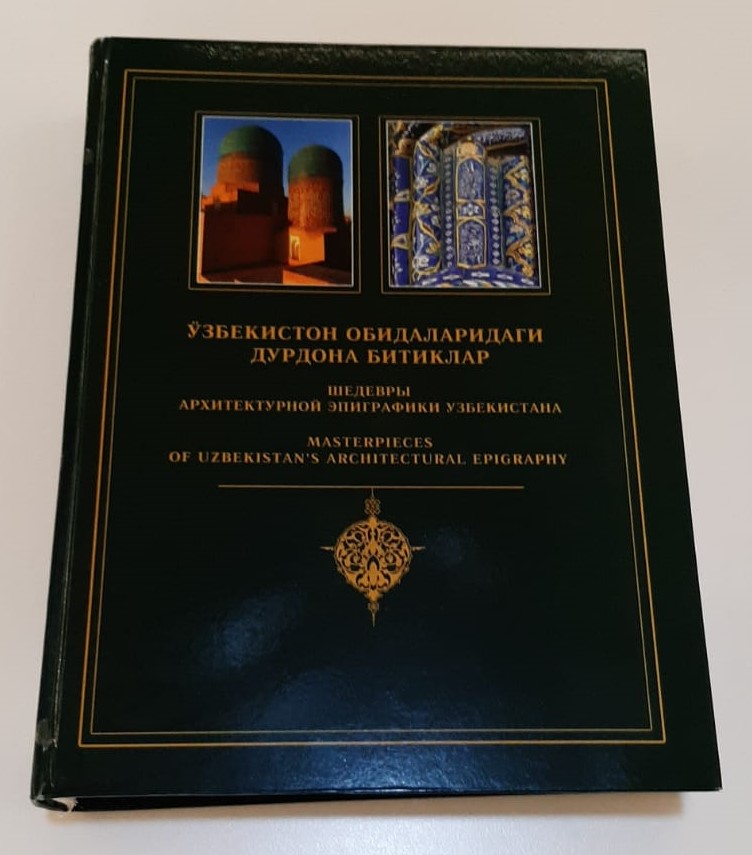
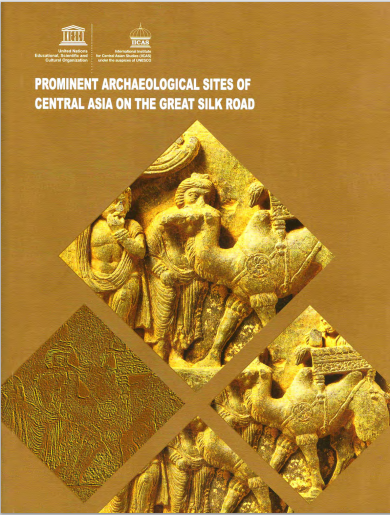
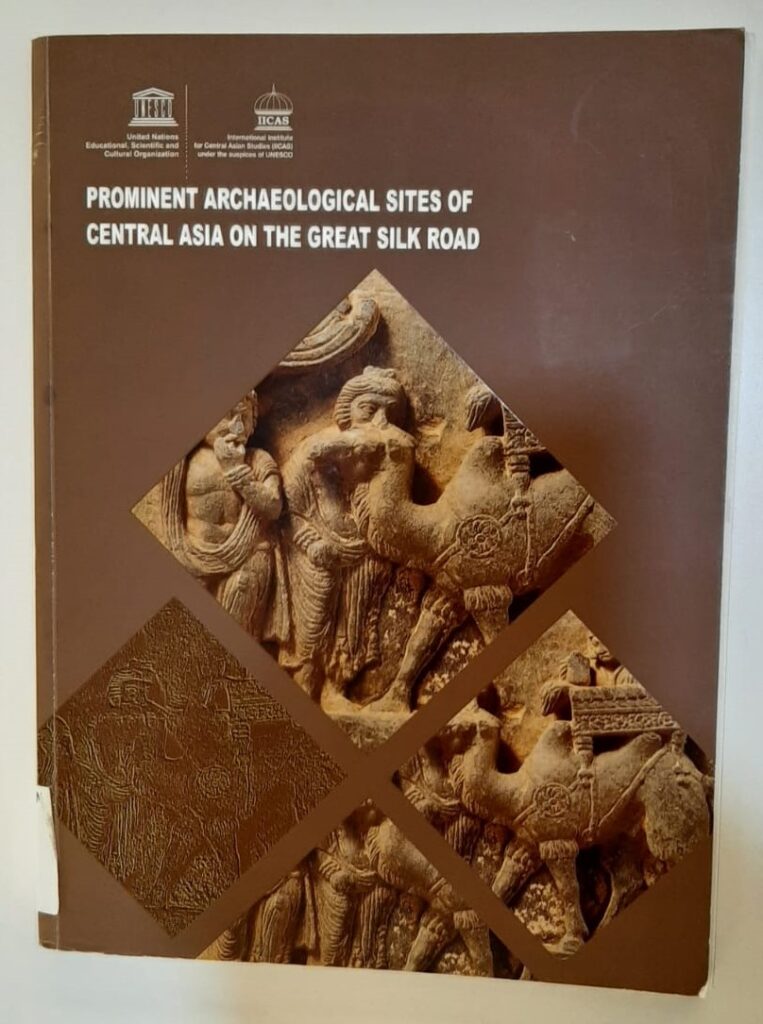
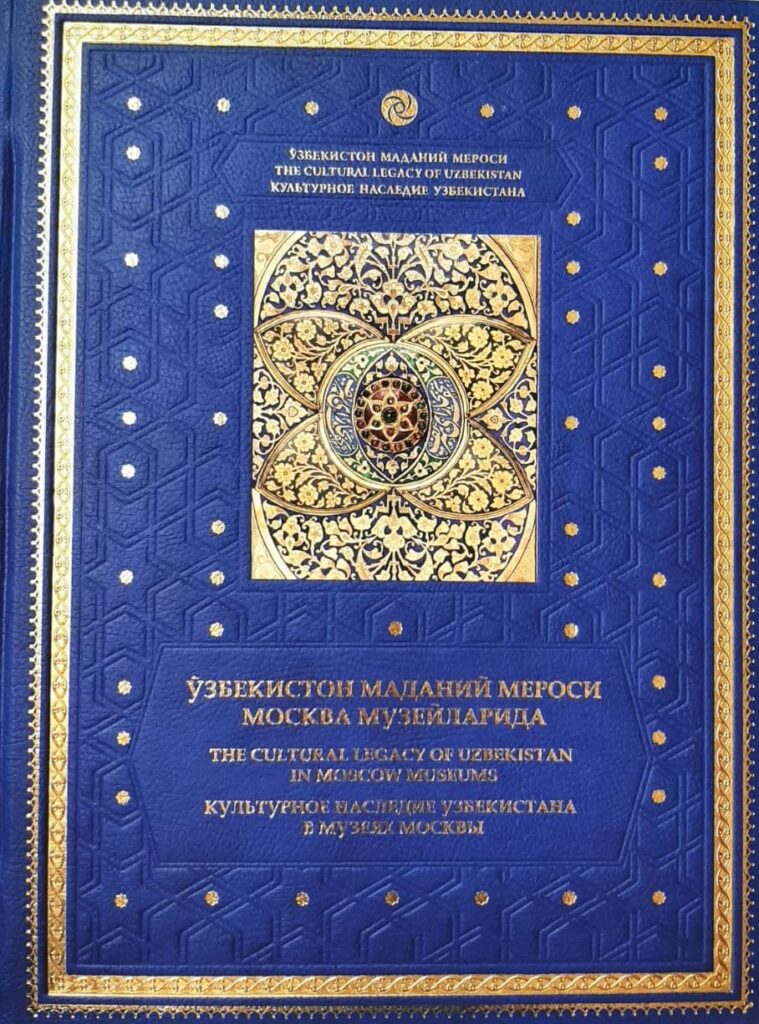
Click here to find the books that were collected for this project on Architectural epigraphy and Islamic Inscriptions in Uzbekistan and that are now available at the Leiden University Library.
Here you can find a 50 volume work on a variety of artworks from Uzbekistan, that are now no longer housed in Uzbekistan. This rare and valuable source is available in the open stacks of Leiden University Library. Take special notice of volume 37 on Uzbekistan in historic photographs of the 19th – early 20th centuries in the collections of Russian archive.
